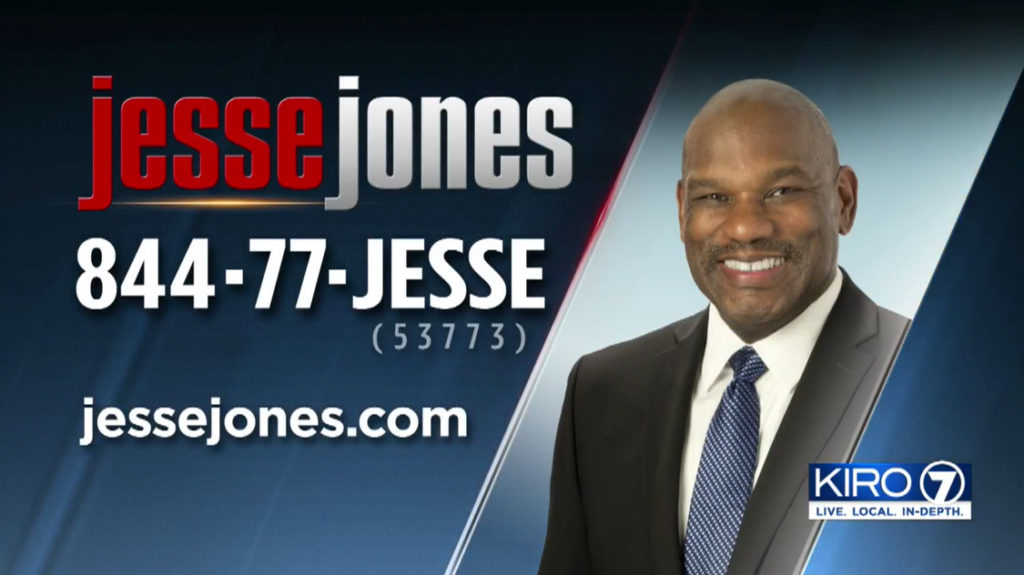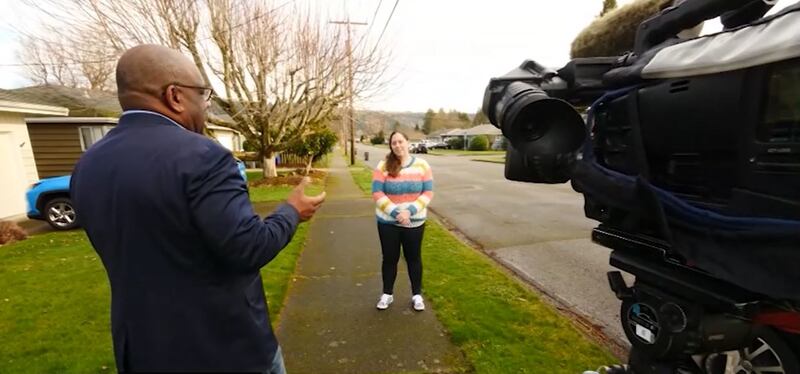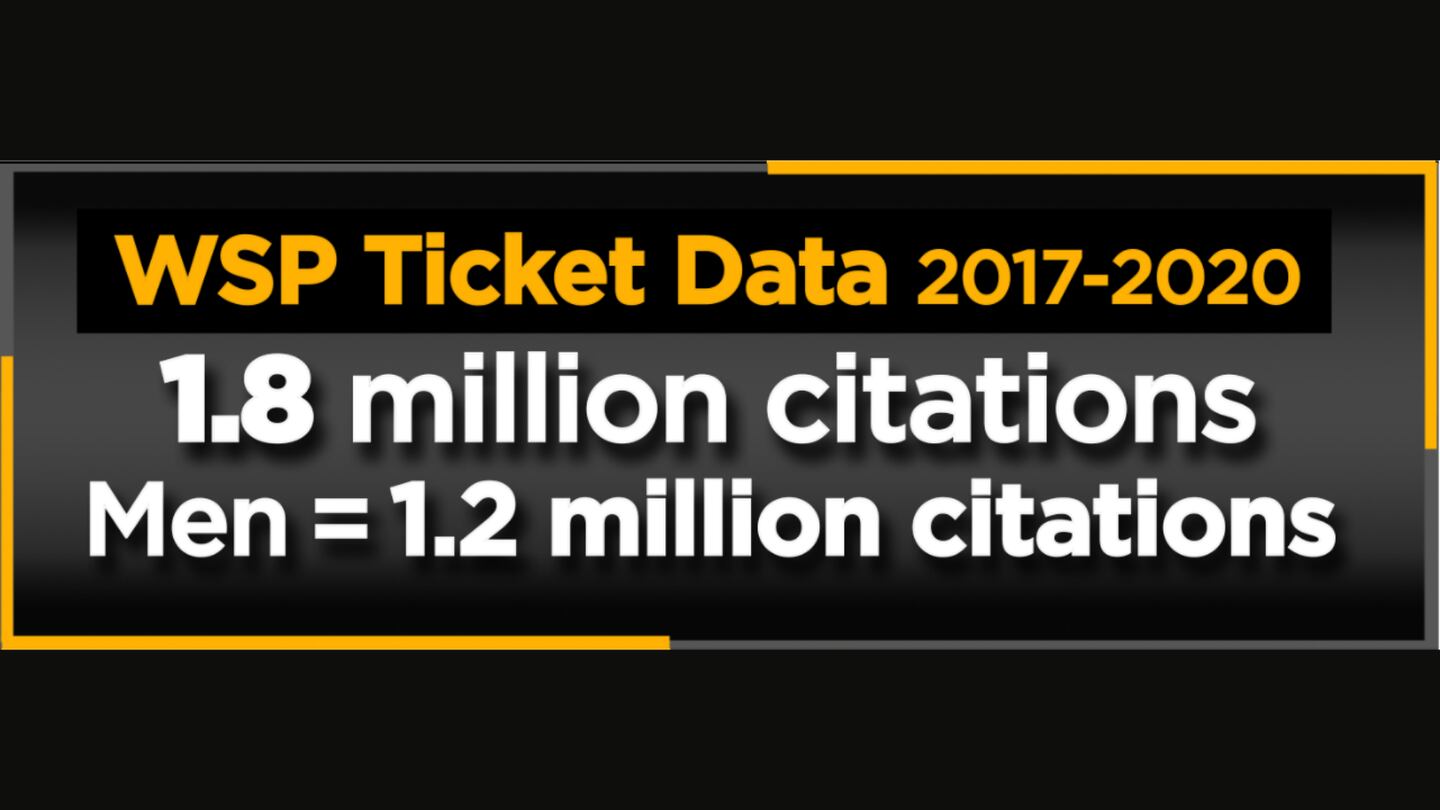Amanda Loewen is driving her shiny new Toyota Rav 4.
“Taking road trips to the beach is fun, especially if I get to take my dog with me,” she says.
Loewen pays for great auto insurance. But what she doesn’t know is that just being a woman carries a cost too.
Now according to a new study, women in Washington state pay more for their auto insurance than men.
“Gender pay gaps in corporate empires all the way down to a difference in insurance, it’s not right,” Loewen tells me after hearing the findings.
According to the Consumer Federation of America, of the top ten insurers in Washington state, the average premium women pay is $658 dollars. That’s $25 more than men.
“Because of your birth should not doom you to a life of higher-priced auto insurance,” says Consumer Federation insurance expert Douglas Heller. “If we think of women collectively, it’s tens upon tens of millions of dollars more every year that women are paying for auto insurance in Washington than men. And that does seem like it’s more than just peanuts being charged to women.”
The car used in this study is a 2011 Honda Civic LX.
The driver is a 35-year-old unmarried driver with a 19-year record clear of citations and accidents, driving 12,000 miles annually with state minimum liability coverage.
The Consumer Federation obtained the data from Quadrant Information Services, LLC, which provides pricing analysis for insurance companies.
“We have used industry-standard data. We have over 37,000 quotes for drivers in the state of Washington to arrive at our conclusions here,” says Heller. “The source of our data is an incredibly respected provider of insurance industry data that works with the insurance industry. This isn’t our data. It’s their data.”
But what about driving behavior?
I asked the Washington State Patrol to run some numbers for me. The agency says from 2017 to 2020, it’s handed out more than 1.8 million tickets combined for DUI, Speeding, following too close, wheels off the road and negligent driving.
Men received 1.2 million of these citations. The other 628,000 went to women.
In the same time frame, men were drivers in 130,000 more accidents. All while having 118,000 more licensed drivers.
Tell me again: who pays more?
“It seemed the opposite to me of what I expected. Because I had always heard that women are less likely to get into accidents so I just assumed that rates for men would be higher,” says Andrew Eller.
Andrew Eller and his wife, Olivia Powar, in Seattle are also looking for answers. Especially knowing that seven states prohibit the use of gender in determining rates.
“The numbers don’t make sense. You want to charge people more if they are using more of their insurance,” says Powar.
According to the study, of the top ten insurers in Washington, State Farm and USAA charged men and women the same.
American Family Insurance, Enumclaw Property and Casualty, Pemco, and Travelers Insurance charged men higher rates.
But Allstate, Geico, Mid Century Insurance Company and Progressive all had women paying higher premiums.
The CFA study shows Geico with the highest gender gap at 29%.
“What that tells me is the insurance companies don’t really know what gender has to do with insurance. And, in fact, it probably has nothing to do with what you should pay for insurance,” says Heller.
Amanda Loewen says those few dollars shouldn’t be dismissed.
“My expenses aren’t any different than someone from the male gender. For my expenses to be more than that of a male, it puts me in a disadvantage of succeeding in the same society,” says Loewen.
But let’s slow our roll for a minute. The Insurance Information Institute says the study sample is too small and using just one car and one driver’s age isn’t enough data to make a broad claim like this.
“I think you’re overplaying the gender. I think gender was minimal,” says Institute spokeswoman Janet Ruiz.
Ruiz says, in general women, do not pay more for insurance than men. But she does admit gender is a factor used by some companies.
“I think the benefit was years ago when we had less data points available to us. But now that we have better tools, I think that gender is not a major factor and not as important in indicating whether you’re going to be a safe driver or not,” says Ruiz.
Kenton Brine from the Northwest Insurance Council, which represents 14 insurance companies - including most in our report - also disputes the study’s findings. He adds that if customers don’t like their price, they can take action.
“They can vote with their feet and find other insurance that’s more suitable at a better price,” says Brine.
I took these numbers to Washington’s Insurance Commissioner, who regulates the insurance industry and approves rates. I asked: do you think it’s a bad decision to charge women more?
“Without the evidence, absolutely. And I think that’s the problem that you’ve got right now,” says Commissioner Mike Kreidler.
Kreidler says consumers who don’t like what’s happening should vote with their pocketbooks.
“Market forces will drive the market to realize the overcharging women at the - to give lower rates to men is not real smart,” he says.
Amanda Loewen says she’s going to do just that.
“If you want to make a change we can call up my insurance company, which I plan on doing after this, and asking for statistics to show me that I am being treated equally,” says Loewen.
And after all of this, all she wants is her rates to be driven by facts and not by birth.
“It’s time we hold them accountable,” says Loewen. “And they need to show their receipts.”

Email Jesse right now at consumer@kiro7.com
Cox Media Group









